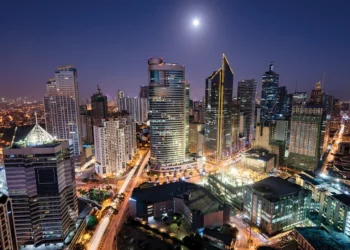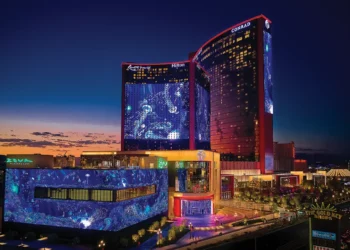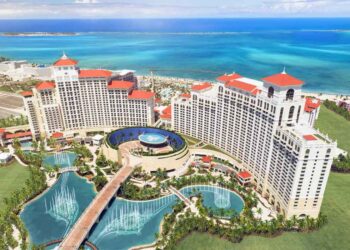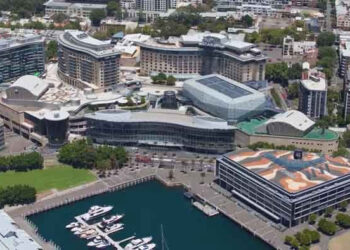by Andrew W Scott and Ben Blaschke
- Remarkable and sudden clarity from Japan in the last few days
- There will be 3 casinos
- Second round of casinos at least 7 years later
- Locals play capped at 3 times a week, 10 times a month
- Casino floor space 3% of total IR (previously touted 15,000 square metre cap now abandoned)
- Flat 30% tax
- All this still dependent on bill passing the Diet (opposition parties still oppose casinos)
- Locations yet to be determined
- Role of local partners still to be determined
- Anti-casino public sentiment still strong, but weakening in some areas of Japan
What we know
Japan’s ruling Liberal Democratic Party (LDP) and its coalition partner Komeito have settled on a ¥6,000 (US$56) entry fee for residents to enter the nation’s casinos, just a day after agreeing to cap the number of integrated resorts at three.
The ¥6,000 figure represents a considerable jump on the ¥2,000 fee first proposed by the LDP but falls below the ¥8,000 preferred by Komeito. The LDP had recently offered ¥5,000 as a compromise.
The coalition partners agreed on Monday to limit the number of casino licenses issued in the first round following passage of the IR Implementation Bill later this year to three, with the LDP having pushed for as many as five and Komeito just two. A moratorium on new casino licenses will expire after seven years.
The two parties have also agreed on a flat 30% tax rate on revenue while Japanese nationals will be limited to three visits per week and 10 visits per month.
A previously touted 15,000 square metre cap on gaming floor area has been abandoned, with the only restriction now being that the gaming floor area be no more than 3% of the total integrated resort floor area.
It is expected the IR Implementation Bill will be introduced to the Diet during the current session, which will come to an end on 20 June 2018.
What we don’t know
While Inside Asian Gaming welcomes the new clarity, there are still two major items yet to be determined before we can know who the operators will be.
One notable factor not yet addressed is the role of local partners. Will foreign owned casino companies be forced as a matter of law or practice to partner with local Japanese business conglomerates? And if so, what will be the acceptable percentage split between overseas operators and their Japanese partners? Will the operators be forced to take minority stakes?
The second big talking point is location. Osaka is the clear favorite, with a strong and coordinated prefecture and city-level push for some time now. All things considered, IAG currently speculates the following probabilities for various regions across Japan:
90% Osaka
60% Tokyo/Yokohama
60% Hokkaido
40% Nagasaki
50% Others
And the biggest question of all: who will be the operators? Sands, MGM and Galaxy seem to be leading the race, with a strong supporting cast behind them.






























